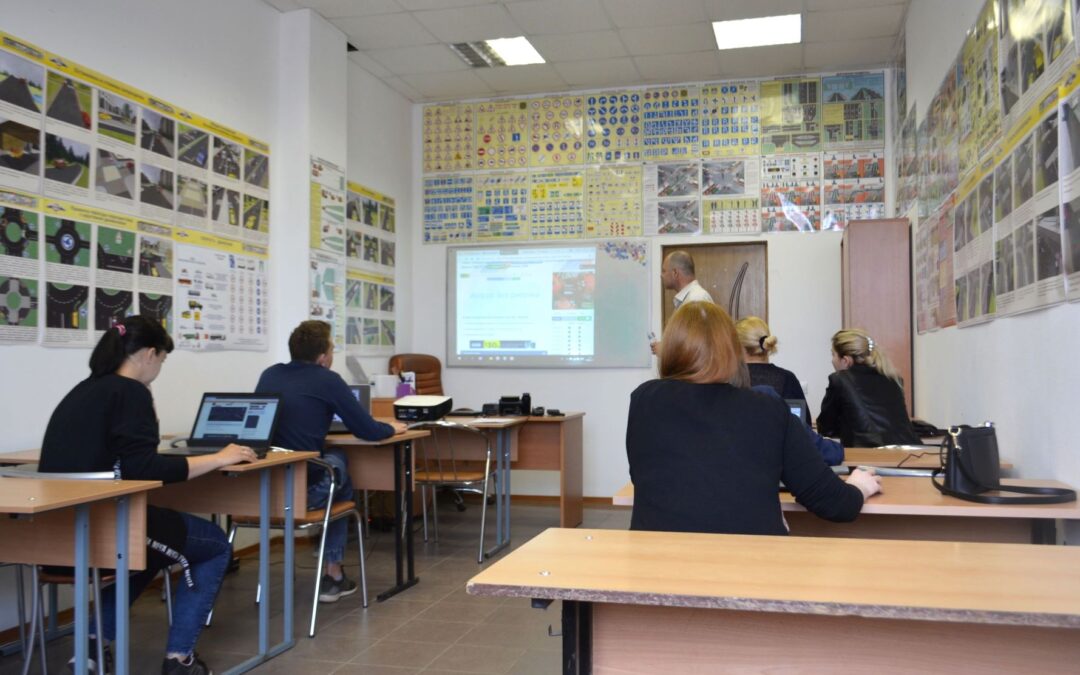In the emerging world of AI, teachers and administrators are working diligently to understand how AI can help or hinder teachers and students. Worries about cheating, general artificial intelligence fears and more can keep us from considering where and how to use AI. If you have followed my previous posts, then you know we can move forward without throwing it all out.
I’ve compiled a quick list of examples of how teachers generally can use AI to shorten their time preparing lesson plans, to find creative ideas for group projects, to provide jumping points for class projects, to give essay prompts, to be a science lab copilot, to help students with research, and to engage class discussions.
Remember to ask yourself, What am I teaching my students? Today it’s less about facts and more about critical thought.
See this as a tech tool to enhance and grow your lesson plans and challenge your students.
In general technology such as ChatGPT, Educational Copilot, Canva Magic Write, there is an assistant who will help you save time, automate mundane tasks, give instant feedback, and provide tailored learning opportunities that are personalized to your students.
Check out what I found below.
- Let’s look at assessing writing. Essay writing has been a big topic because many fear that students will use AI to cheat. Let’s get in front of that. Put an essay prompt into the AI program. Copy the result text into a document such as Google Docs. Often the conclusion, grammar, and quotes can be wrong. Erase everything that is bad or incorrect in the essay. What is left behind are just parts of an essay that can be fixed by your students. This can be a great group class project or individual assessment. Afterwards go over the answers and talk about where AI got it wrong and where students got it correct.
- AI can generate summaries, flashcards, and study material on various topics.
- AI can convert written text to speech, helping students who have reading difficulties. Instead of buying every book on audible, students can put the text into an AI site, such as ChatGPT, and it will be read to them. It can even adjust to grade level. This tool is fantastic for special needs educators.
- AI can generate writing prompts for the teachers to use for their class as inspiration for creative writing assignments.
- Ask AI to translate emails from parents or students who speak a different language.
- Ask AI to give creative ways to help students with vocabulary and grammar lessons.
- Use an AI program to differentiate articles for students. Ask it to create a student-friendly article based on the article you have (adjusted to grade level). Create questions from articles you input. Then ask AI to plan a lesson with specific criteria such as make it a collaborative activity with an essay to write that has assessments, certain learning objectives and a table of content on the lesson. Voila, you will have a fantastic lesson plan for the criteria.
- Use AI to create lesson plans that cover the standards. Examples:
- Create a game using specific vocabulary terms.
- Once you know who, what, where, when and how – AI can help students learn how to write emails. Put in a question. It will come out generically. Then refine the question and refine again, until it answers who, what, where, when, and why.
- Create a lesson plan counting 1-30 for kindergarten. Type in the standards and ask for an assessment. You may need to refine.
- Ask AI to write 6 essays. Break students into groups and have them critique the different essays. Then have students write their own essay.
- Write a test on 3rd grade nouns and verbs.
9. Take an article and put it into the AI program. Ask it to give you bullet points. Then take one bullet point and ask it to write a lesson plan on the bullet point.
10. Finally, ask the AI to check for plagiarism.
When using AI to create lesson plans, be sure to double check the information. I personally have found it a fantastic time-saver for writing, editing and helping with creativity. The more detailed you are, the better your outcome. If you are worried about students using AI for cheating, go to sites such as GPT-2, Copyleaks, Crossplag, Originality, GPTZero, copy their work and discover the chances of their using AI to complete the work.
We are just now scratching the surface of how incredible AI can be for teachers and their students. Remember that often AI can get it wrong, which is why it can be a fantastic teaching tool for students.
Photo by Ilya Sonin on Unsplash




